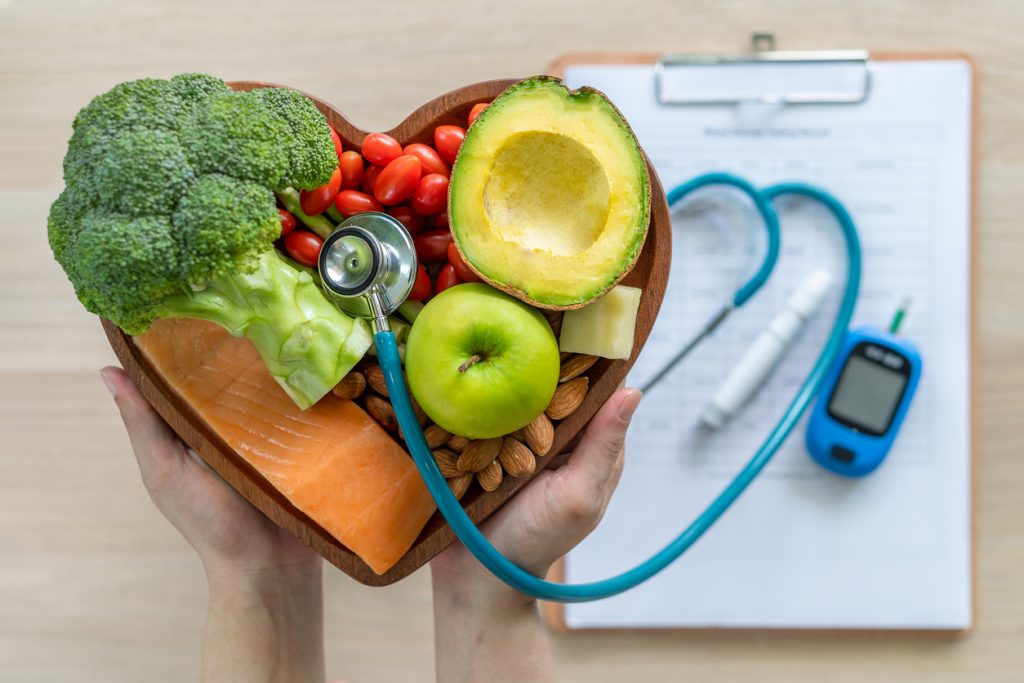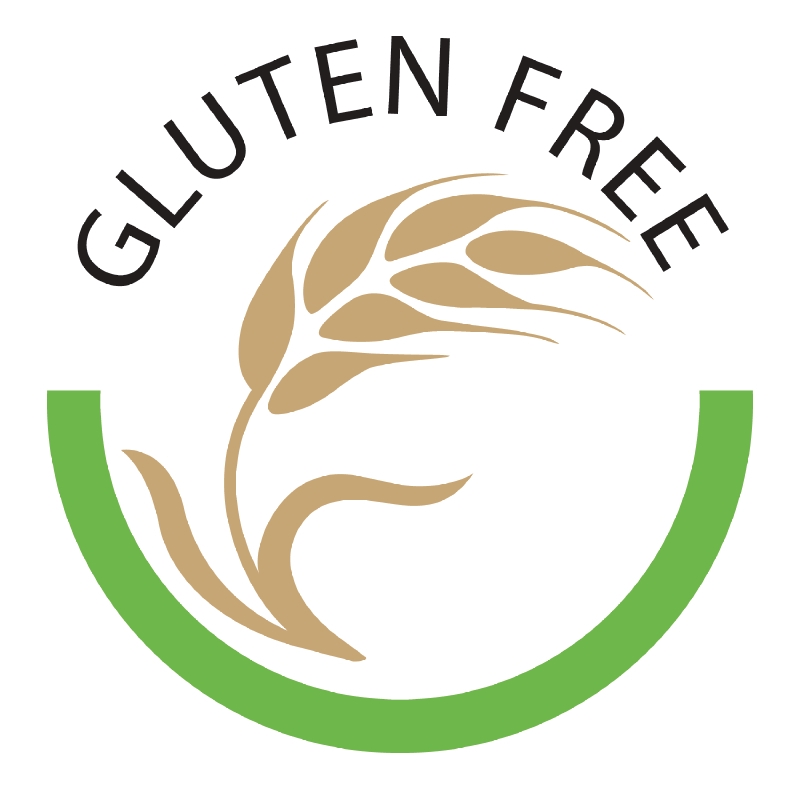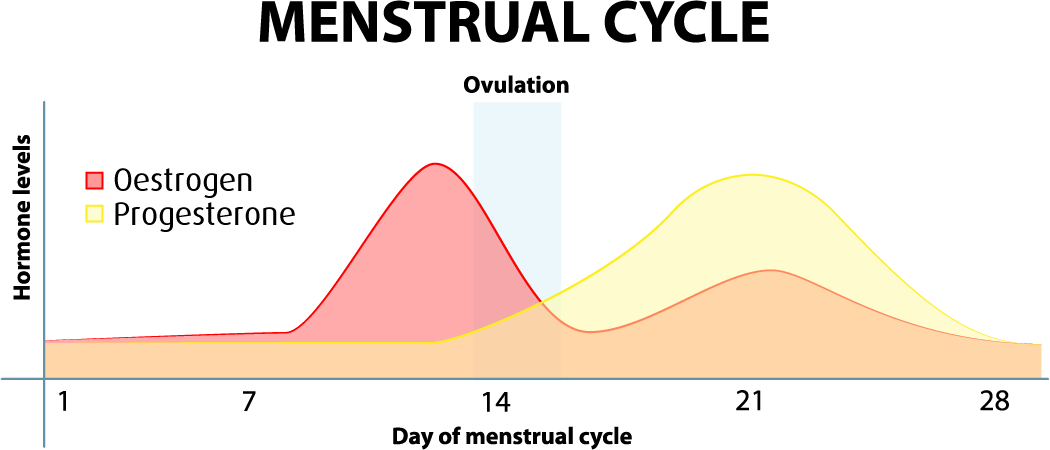When we think of travel, we generally associate it with a fun-filled vacation destination. But it’s easy to forget that for many folks, travel for work is part of the job description. According to the National Household Travel Survey, conducted between 2001-02, “…the majority of long-distance business trips in the United States are taken to destinations within 250 miles of home and are by automobile. Nearly three-fourths (74%) are less than 250 miles from the point of departure and most of those are within 100 miles. Trips of over 1,000 miles account for only about 7% of all business trips” (U.S. Business Travel – Bureau of Transportation Statistics). Long days on the road or cooped up in other public transportation, compounded with hotel & restaurant meals, cocktails over contracts, and decreased physical movement and exercise can pose a challenge to healthy eating. The tips below can help you make the best possible choices when work travels beckons.
If you are unsure of impending business travel, always have nuts, apples or other fruit of choice, mozzarella cheese sticks, and carrots or sliced bell peppers and cucumbers, for example, on the ready so you can grab them and go when you get the unexpected call to head out on business.
Call ahead to the hotel when scheduling planned business travel to ensure that you will have access to a refrigerator in your room and ask about the breakfast options available. Choose from healthy options at the buffet, focusing on eggs, yogurt, oatmeal, apples or other fresh fruit and low fat or skim milk options. Grab an extra fruit and yogurt on your way out to take with you as a mid-morning snack as well. Avoid the greasy bacon and sausage patties, toast and jelly, and waffles with syrup and other sweet toppings.
When eating out for business events, aim for salads with protein, such as lean chicken, salmon or other wild-caught fish, fresh berries and nuts, and legumes, if possible; opt for cuts of lean steak, such as filet, along with fresh steamed vegetables if meat is on the dinner menu; and avoid the pre-dinner bread rolls and post-dinner desserts unless a light sorbet is on the menu.
Oftentimes we are asked what alcoholic beverage one can enjoy when doing a business dinner. Our best response is “none”; however, for those who choose to enjoy a sip of a cocktail, choose a potato vodka with a twist of lime or one 4-ounce red wine (pink and white carry too much sugar); avoid beer, whiskey, and other hard liquors as these, too, have a lot of extra sugary carbohydrates in them.
One of the simplest ways to feel full in between meals is to drink plenty of water; a healthy adult can safely consume 64 ounces of water, barring no kidney disease or diagnosis of congestive heart failure. Green tea is a great natural appetite suppressor and provides antioxidant support for the liver. Another tip to satiety (the feeling of fullness from eating) is to chew your food well, eat slowly, and eat at least half plate of fibrous vegetables, such as leafy greens, cucumbers, tomatoes, bell peppers and sprouts.
It is possible to travel and still eat healthy. By taking the time to have light snacks on the ready in the fridge and pantry, you can save yourself the headache of wondering what to eat when called to travel. Make wise selections at the buffets and stay mindful of portion sizes and healthy food choices when eating out. Eat just until you are full; remember that restaurant portion sizes are well above the norm for what average American diets actually need. With these tips in mind, you can travel without the burden of worrying about food or gaining extra weight.
Contributed by Terri Caunt, R.N., B.S.N.
Works Cited
U.S. Business Travel – Bureau of Transportation Statistics. (n.d.). Retrieved August 14, 2015, from United States Department of Transportation: http://www.rita.dot.gov/bts/sites/rita.dot.gov.bts/files/publications/america_on_the_go/us_business_travel/html/entire.html
.







